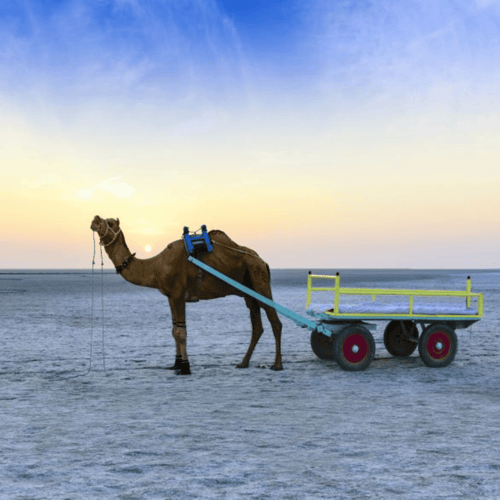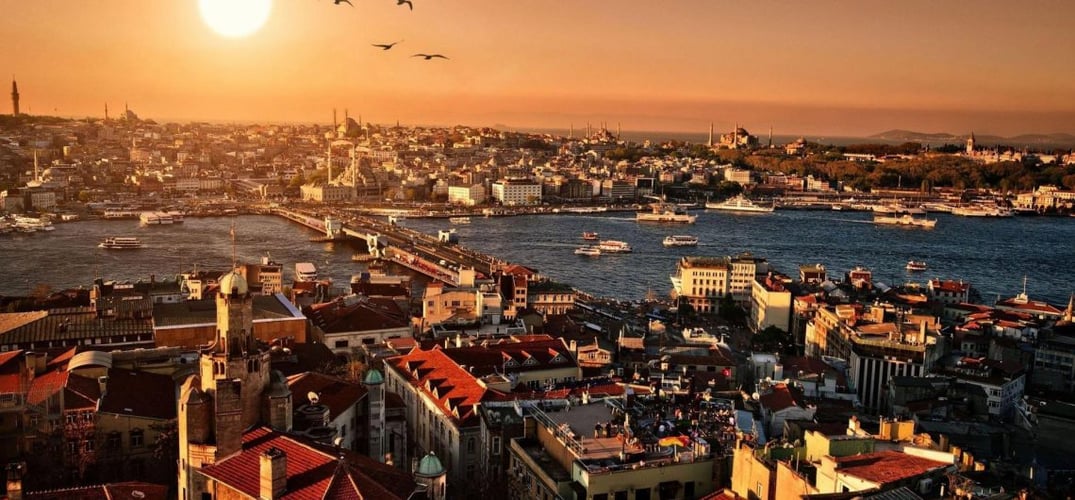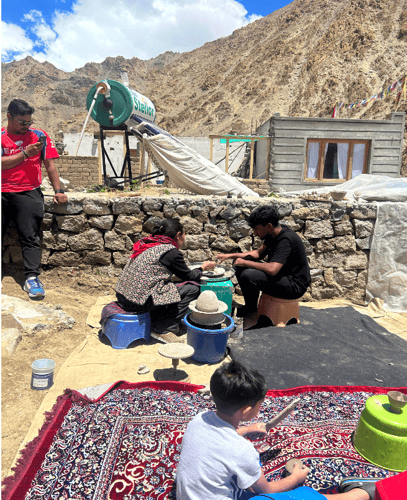Culture and Cuisine of Sikkim
Sikkim is a brilliant land with people of myriad races and tribes living together in harmony. These diverse tribes have special and unique features along with particular festivals, languages, dance forms, arts and crafts. There is a great intermingling of religions, languages and ethnic groups that one gets to witness in Sikkim.
Languages of Sikkim
The primary language of Sikkim is Nepalese whereas Sikkimese (Bhutia) and Lepcha are the languages spoken in north-east provinces. English is another language spoken well by the people of this cute little state. Other local languages are Limbu, Kafle, Majhwar, Tamang, Yakha, Sherpa and Tibetan.
Sikkim Cuisine
It’s an organic state and needless to say, all the produce you get is organic! The locals here usually prefer the organically produced stuff like eggs, vegetables, meat and fruits from the local farmers. The local flavours with indigenously sourced ingredients are the culinary delights that are the best possible here in this stunning state.
Paddy (rice) fields in local villages in Sikkim
Pic credits: depositphotos.com
The local food of Sikkim reflects the diverse culture of this beautiful little state which is an amalgamation of India, Tibet, Nepal and Bhutan. Sikkimese food basically comprises rice, and other vegetables from the forests like Nongro (Fern), Baas ko Tusa (Bamboo-shoot), Nakima (Wild Lily), Chew (Mushrooms), etc.
Fermented Bamboo shoots, a staple in Sikkim
Pic credits: depositphotos.com
The main food of Sikkim is Sinki and Gundruk soups, noodles, tomato pickles, thukpas, fermented Bamboo shoots, traditional cottage cheese, fermented soybean, fermented rice products and other fermented dishes as the climate is very cold especially in the winter. The staple food is rice for the whole state.
Momos, everyone’s favourite, have their origin in Sikkim
Pic credits: offbeatracks.com
A favourite of the locals, as well as tourists, is Momos which are also called wontons and dumplings. In the non-vegetarian dishes, pork, beef and fish are the meats of choice. The momos here have different fillings including beef and pork and chicken, though there are vegetarian variants of cottage cheese and vegetables also available. The food items mainly available here are boiled and steamed without the use of many spices but the local herbs and spices.
Local crops grown here are wheat, potato, barley, buckwheat, soybeans, finger millet, etc among others. A traditional thing in these high-altitude areas is the fermentation process where people preserve many non-seasonal vegetables.
Local drink Tongba brewing
Pic credits: offbeatracks.com
Local Beverages
Right from the most sought-after Temi tea to the locally produced alcoholic beverages, Sikkim’s local drinks really are a must-try! The local grains like millet and rice along with the fruits as main ingredients are what make these Sikkim’s local beverages worth a try at least once!
Some of them, like Tongba, are influenced by neighbouring Nepal, Bhutan, and Tibet. So let’s dive into the 5 must-have drinks of Sikkim:
(1) Jaand (Tongba)
This too is a millet-based alcoholic beverage but what makes it interesting is how it’s consumed. Fermented millet is put into a long bamboo vessel (tongba) and hot water is poured over it. After leaving it undisturbed for a few minutes, it is then ready to be consumed with the help of a wooden straw (pipsing), which is perforated at one end to act as a filter. A drink that keeps giving, you can keep adding hot water to it till the warm liquid loses its alcoholic effect. It is low in alcohol and tastes sour and sweet; the taste of yeast is quite prominent.
(2) Chaang
This is a fermented alcoholic drink made from millet, rice, or barley. It is cloudy and has less alcohol content. It can be both hot and cold beverage and tastes of sweet tartness.
(3) Homemade wines
Homemade wines are signature things you get in Sikkim and therefore, have gained popularity. There are some special flavours available like yam, banana, rhododendron, and guava. They are reasonably priced, and it is a great idea to carry a few as a souvenir when you leave Sikkim.
CTA- Try your hand at the local wine brewing process in Sikkim for a specially curated tour!
4) Raksi
This is a clear, distilled alcoholic beverage traditionally made from millet. It’s a strong drink with about 45% alcoholic content. It is said to taste somewhat like Japanese sake.
(5) Bhati jaar (rice wine)
This is a clear wine made from fermented rice with a strong taste. Making rice wine is simple and uses only rice and yeast.
Goods to take back home
Temi tea gardens
Pic credits: offbeatracks.com
We have some superb suggestions for you to take back home from Sikkim to savour the tastes and flavours for days to come!
Temi tea
Temi tea is one of the finest organic teas of Sikkim, its fresh flavours linger on in your senses and give you a fresh start to the day! Do carry some from stores at Temi gardens and even at the MG Marg market.
Black cardamom
One of the finest quality cardamoms in India is produced in Sikkim. Sikkim produces one of the best quality large cardamoms in the country. These are available in most of the stores. West Sikkim hills are plush with these cardamom plantations.
Red cherry peppers or Dalle
Pic credits: depositphotos.com
Dalle pickle/Dalle chilli
This is a fireball pickle and surely not for the faint-hearted. This fireball of a pickle is a favourite of any spice lover. You get them in glass jars or you can also buy the chillies in packets.
Fermented foods
Take some unique flavours of Sikkimese cooking back home with fermented dry ingredients such as gundruk, kinema, and nakima.
Where to buy?
You can buy these items from most of the shops at M.G. Marg and Lal Bazaar.
While you are in Sikkim, there is no way you can escape the delicious mouth-watering food that ranges from sweet and salty to spicy and sour. In fact, it is recommended to try everything rather than limiting your choices.
The Lepchas, the original inhabitants of Sikkim have a rich knowledge of indigenous flora and fauna and accordingly their culinary culture is intimately connected to the environment and landscape.
Festivals of Sikkim
All through the year, Sikkim celebrates numerous festivals. Most people follow Buddhism and this is the reason Buddhist festivals are celebrated with great dazzle and spectacle! The Gompas or monasteries of Sikkim see the gathering and celebration of many occasions with vibrant dances and music involving the lamas and locals alike.
Lama performing Chaam dance
Pic credits: depositphotos.com
‘Chaam’ is the most fascinating ritualistic dance that is characterised by awesome musical instruments and brightly coloured masks. Lamas dress up in beautifully painted masks, stunning sparkling jewels, and ceremonial swords and dance to the beats of drums, horns and music.
Let's look at the festivals Sikkim celebrates in a calendar year:
Saga Dawa
Saga Dawa, celebrated in Gangtok, is the most revered and celebrated festival, especially among the Mahayana Buddhists. On this day, the Buddhists pay a visit to the monasteries and offer butter lamps and prayers. There are three events linked to Buddha which are celebrated during this festival. The celebrations happen on a full moon according to the Buddhist calendar at the end of May or early June.
Losar
Losar is the festival of Tibetan New Year and witnesses a ton of festivities, merrymaking and feasting. Mostly, it occurs in the first week of February.
Drukpa Teshi Festival
Falling in the month of August, the Drukpa Teshi Festival is another grand festival celebrated by Buddhists.
Another amazing festival celebrated by Buddhists is the Drukpa Teshi Festival. It falls in the month of August according to the Tibetan calendar and sees super excitement as it marks the day of the first sermon of the Four Noble Truths delivered by Buddha in the deer park in the very famous Sarnath.
Phang Lhabsol
A unique festival of Sikkim, the Phang Lhabsol was made famous by Chakdor Namgyal who was the 3rd ruler of Sikkim. Devotees worship Mount Kanchendzonga for its uniting powers.
Lhabab Dunchen Festival
This festival represents the descent of Lord Buddha from heaven. Lha means ‘Heaven’ and bab means ‘descent’. Thus, this festival celebrates Lord Buddha’s descent from the deva kingdom after teaching his departed mother, Mahamaya. This festival takes place on the 22nd day of the 9th lunar month every year.
Bumchu Festival
Bumchu festival is celebrated in the month of January with full pomp and show at the Tashiding Monastery in West Sikkim. The word ‘Bum’ means ‘pot or vase’ and chu stands for ‘water’. The Lamas present in the monastery open the pot filled with Holy Water during the celebration. Then some part of the holy water is distributed to all the devotees in the arena. Later, the pot is refilled with water and sealed for the celebration in the next year. The water level in the pot depicts the prosperity of the future year.
Losoong
The end of the harvest season marks another great festival of Sikkim. Losoong is celebrated at the end of the tenth month according to the Tibetan calendar in the rural areas of Sikkim. The highlight of the festival is Chaam dances of Sikkim. All these festivals are held in the Phodong monastery, Rumtek monastery and Tsu-La-Khang monastery.
Dasain
The main festival of Hindu Nepalese in Sikkim is Dasain which happens a few weeks before the Losoong. This festival signifies the victory of good over evil. The elders of the family apply ‘Tika’ to the younger lot and bless them.
Tihaar
Tihaar is another exciting festival of Sikkim which is celebrated with lights and the celebrations look something like Diwali. It is rather the Sikkimese version of Diwali.
Hee Bermiok Tourism Festival
An annual festival celebrated near Gangtok in Hee Bermiok city is the Hee Bermiok Festival. It was started in the year 2005 and there are several people who flock to this city for an amazing carnival in the month of May.
Art & Craft of Sikkim
Sikkim is home to many arts and crafts forms. Most of the people have their roots in rural areas and therefore follow the age-old traditions of crafts running down generations. A few of the very popular handicrafts are woollen carpets, thangka delineating paintings, chiksee tables, canvas wall hangings etc.
Painted or embroidered Thangka painting
Pic credits: depositphotos.com
The state govt has set up an institute in South Sikkim for the many Cottage Industries to develop and flourish. Gangtok, Melli and Namchi are popular places for cane and bamboo handicrafts.
The Sikkim locals are pro at craft making and possess special skills which are native to them and have been handed on through generations. The women of Sikkim are great at weaving and make some excellent handmade carpets and many other handlooms which are in high demand for exports from the state.
Dances of Sikkim
Buddhist festival at Rumtek monastery
Pic credits: depositphotos.com
Dances and traditional folk songs are an integral part of the Sikkimese culture. The tribal dances, the majority of them are performed during the harvest season for prosperity in the following years. Traditional music, instruments, folk songs and chanting are the accompaniments of the dances of Sikkim. The vibrantly coloured costumes loom bright and the entire atmosphere just transcends into a completely different vibe during the dances with traditional masks. Some famous dance forms of Sikkim worth mentioning are Chu Rmu, Rechungma, Tashi Zaldha, Gha To Kito, Be Yu Mista, Enchey Chaam, Kagyed Dance and Gnugmala Gnunghey.
Sikkimese cuisine is varied, inventive yet simple int he authentic taste and flavours. Whereas the culture of the state is rich, vibrant and unpretentious, still retaining its age-old charm and distinctive fervour. Sikkim is a haven of cuisine and culture, the unique blend of an experience to remain etched in your memories and taste buds, also your photo gallery, making you yearn for more and more!!
It is truly Nye-ma-el or “heaven” when it comes to food.



